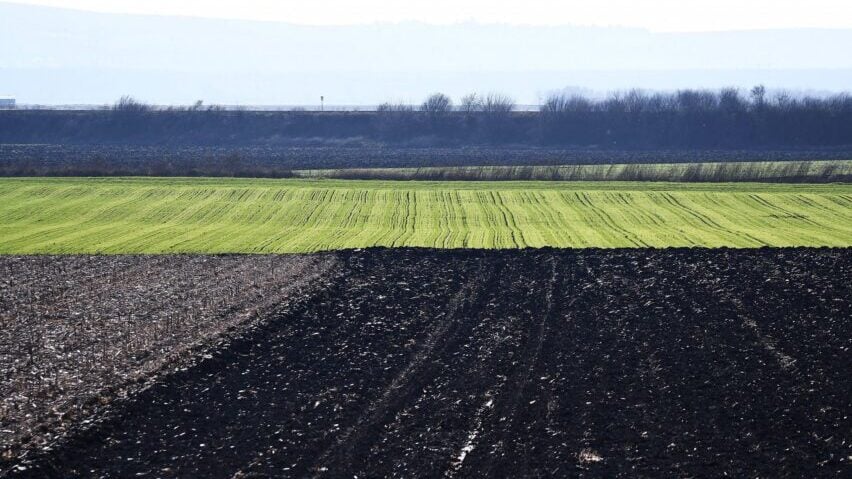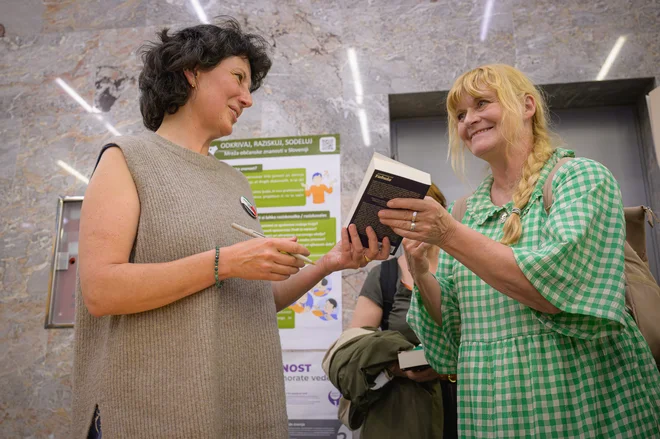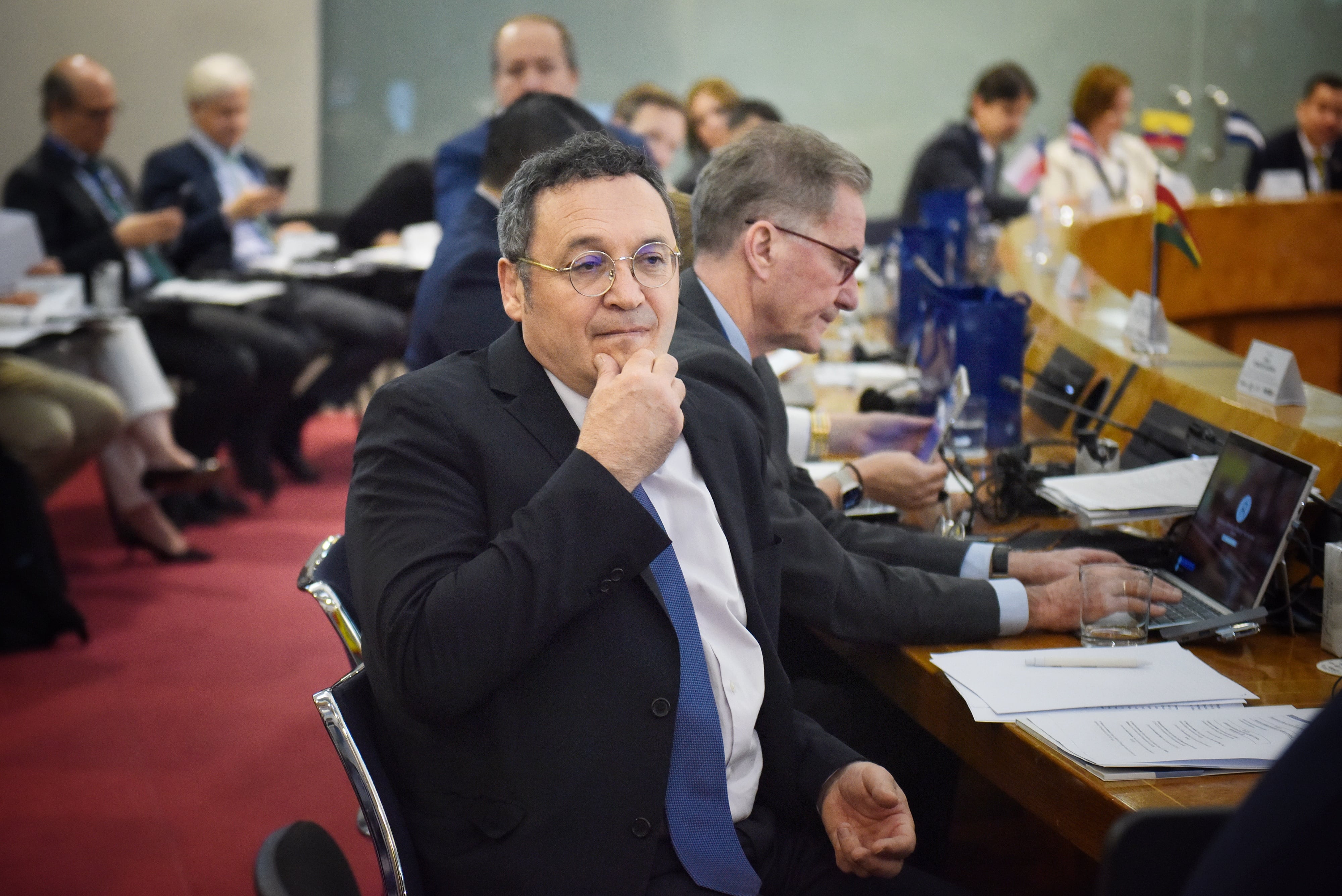The state of land in Serbia seriously violated: What is regenerative agriculture and how can it help us? – Climate change

One very important lesson from agriculture is: The land is an indefinable resource. Take it for example Vojvodina, in which there are almost half of the agricultural land in Serbia according to data from the last list of agriculture in Serbia.
Humus content in Vojvodina land, otherwise one of the important indicators of land quality, In the past 60 years, she dropped with 5% at only 2-3%expires in the author’s text for Klima101 Dr Svetlana Vujić from the Faculty of Agriculture, University of Novi Sad.
This information indicates that the state of land in Serbia is seriously disturbed, and that it is less and less opportunities to respond to intensive production, but also more pronounced climatic change.
Namely, which is the land of worse characteristics, thus striving resist climate change that are manifested through recently Extreme periods of drought and high temperaturesto the period with abundant precipitation in short term. Therefore, climate change in combination with poor land management leads to more serious consequences for the state of land.
Can Vojvodina be a « granary » in the future as they describe the school textbooks?
The quality of land in Vojvodina and climate change
Intensive agricultural production that began to be applied in the 1960s so-called. The green revolution contributed to the increase in the yield per unit area.
The use of tractors and connecting machines of half of the last century reduced the work of man and increased the overall performance, but it is and led to a more intense land overturncompressions, land structure changes, encouraging greater carbon loss in the atmosphere.
Development and increasing application of machinery in agriculture monitored the growing needs of the food market, which have been present and that they dictated and changes in the choice of species to be cultivated, so it is The crop became simpler.
This means that the number of species removed on the plot reduced, and the monoculture was often applied – the removal of the same crop on the plot. The consequence is that the land area is always a few months without herbal cover and exposed to numerous external influences.
It was estimated that the action of the wind in the course of one year applies about one tone of the surface layer of land from one hectare. This, in fact, means a constant decrease in the land layer that is fertile, most active and representing the source of life for plants especially in the first stages of life.
Why is it coming to this? The plant cover represents the protective layer of land from the sun, wind, precipitation.
However, field production as most represented on arable arable lands from the 20th century to date directed towards cultivating several species that are changed on the plot. In this shift of the crop, the land is in some periods of the year without crops, which exhibits sunbeams, wind, high temperatures, strong showers.
The influence of the wind is especially pronounced in a plain part, where the lack of farmland belts is also due to « suitable » for removing land layers from one area to another. Wider observed, the layer is moved to another, but the problem is that a good part of these fine particles is due in watercourses and thus is permanently lost.
In such conditions, it changes and the entire living world which is in a direct or indirect relationship with orange surfaces. The number and harmful insects increases, and thus the need for the use of pesticides in order to save the crops and achieve the higher and better quality of yield.
In order to obtain increasing yields, new varieties and hybrids are created, which, to manifest its high genetic potential, require much more favorable conditions of cultivation, so there are numerous measures that the man seems to go in that direction. Therefore grew and use of mineral fertilizerswhose application aims to provide plants accessible nutrients for growth and development.
However, regardless of the positive effect they have, the problem of their inadequate application in time in terms of the right species and, even more, the amounts of fertilizers.
As the last in this series of production intensification results, and on the other hand, perhaps among the most significant, is a significant reduction in the application of manure and other organic fertilizers. How is livestock In great declining for decadesthe amount of available manure, and thus its application decreased for years.
Regenerative agriculture is based on six principles
In response to numerous influences on agricultural land and its surroundings, organic production began developing more than 25 years ago.
However, this system and direction is present on very small areas due to numerous rules and legal obligations that producers must meet and, mainly, refers to vegetable and fruits and is extremely present in field production. Need recognition for some changes has led to development and other sustainable production systems, including Regenerative agriculture.
Regenerative agriculture in the center of attention puts the preservation of land, as one of the important non-renewable natural resources. It’s about A set of practices and agrotechnical measures which affect the improvement of the entire state of land, ie its physical, chemical and biological properties.
These measures aim to improve land health, increase resistance to climate change and natural balance in agroecosistem.
Regenerative agriculture is based on six principlesof which is the first more sociological, ie implies the determination and willingness of the manufacturer to start applying.
The other principle is « Don’t disturb the land »which implies that the land is not processed by plow, ie that the land is not rolled over, but that processing is fully excluded or to perform the tools that will be minimally disturbed.
The third principle represents Standing land coverageto which one also builds in the fourth that says « Live root all year round ». By increasing the number of species in the fruit, constant land coverage and active root almost all year round, and thus realizes the fifth principle « Variety of plant production ».
This is most often achieved by combined crops, as well as the purpose of cultivation, it is not directly achieving profits, but to protect the land from external factors, to prevent erosion, but also to contribute to an increase in organic matter as a greethary fertilizer.
The most represented cover crops are animal peas, beans, one-year and perennial clover, then rye, ovas, but also numerous other species, which is mostly cultivated as a mixture to achieve the best possible effect. Bearing in mind, it is noticed that this measure acts on land, as well as to the entire biodiversity.
More active root all year round and increasing the content of organic matter comes to of greater numbers and diversity of microorganisms in the soilThe cycle of pathogens is interrupted, the variety of insects, especially polynophers, is increasing.
It should be emphasized that greater biodiversity would also be the existence of farming belts or by applying agrochematicism, which would not only reduce the effect of the wind, but would also be natural bird habitats and small game.
Sixth, and the most demanding principle for application, is involvement of animal husbandry Through grazing on arbes and planned by meadows and pastures, but also by greater application of manure.
As this principle can be closely complied with, the application of compost as an organic fertilizer gains significance, which improves the activity of microorganisms and land capacity to maintain water and nutrients. All these practices improve the condition and build land resistance, so it becomes more fertile and more fiercious over time.
Founded alliance for regenerative agriculture
The principles of regenerative agriculture require that changes to habits are constantly being studied and improves, to invest additional work, time and money to measure implementation, as well as Patience to manifest positive effects through 3 to 5 years.
If the habits and manifest the readiness for changes are overcome, the next major obstacle are financial investments. In addition to the costs of procuring seeds of cover crops, fuel costs for sowing and termination of cover crops, serial investment is in direct sowing seedlings that apply to the sowing of the main crops. Namely, after cover crops or used for greenish fertilizer or as a mulch on the surface, the next main crop is used to seed seeds, considering not to process the land.
Although this direction set out of field production, it should be highly implemented in fruit production, where using regenerative measures, the land protects from aqueous erosion, from compressing mechanization, but also preserves and improves its fertility.
Climate change has been exhibited in recent years through intensive precipitation periods, often creating floods, and periods of extreme droughs followed by high temperatures. By applying certain or all measures of regenerative agriculture, land resistance to climate change increases, because land of better properties and so-called. Hello Land relieves adverse effects of these changesbetter retains moisture, reduces erosion and can sequplifier (bind) more carbon dioxide from the atmosphere.
Researching the influence of climate change on agricultural production and measures of adapting and mitigating these impacts through numerous scientific projects. One significant project, especially for the area of Pannonian Low, is ClimAnannonia Project managed by the Faculty of Agriculture, University of Novi Sad, which started March this year.
In addition to research projects, a large shift in the field of regenerative agriculture was made in establishment Alliance for regenerative agriculture of Serbiawho was officially presented in March 2024. years.
The Alliance was formed at the initiative Associations of eco innovation in the Balkansand next to them the founders are and Faculty of Agriculture, University of Novi Sad, GILAB DOO, Institute for Development and Innovationwith the support of farmers of Florian Farkaš. The Alliance was organized through working groups and so far had numerous activities in the form of Demo, visit to high schools, publishing short educational videos and written works, etc.
Agricultural land is good of general interest in one state. Intensive production, often negligent and inadequate land use, with the action of climate change, left serious consequences for land properties. In order for Vojvodina to continue « Žitnica », Western Serbia Raspberry area, and the Toplica district area of clothing cherries and plums, Land management is requiredsmart investments, but also the modernization of production.
In this way, the influence of climate change will significantly mitigate, and preserve the land for future generations.
Follow us on our Facebook and Instagram page, but also on X account. Subscribe to PDF List release today.






